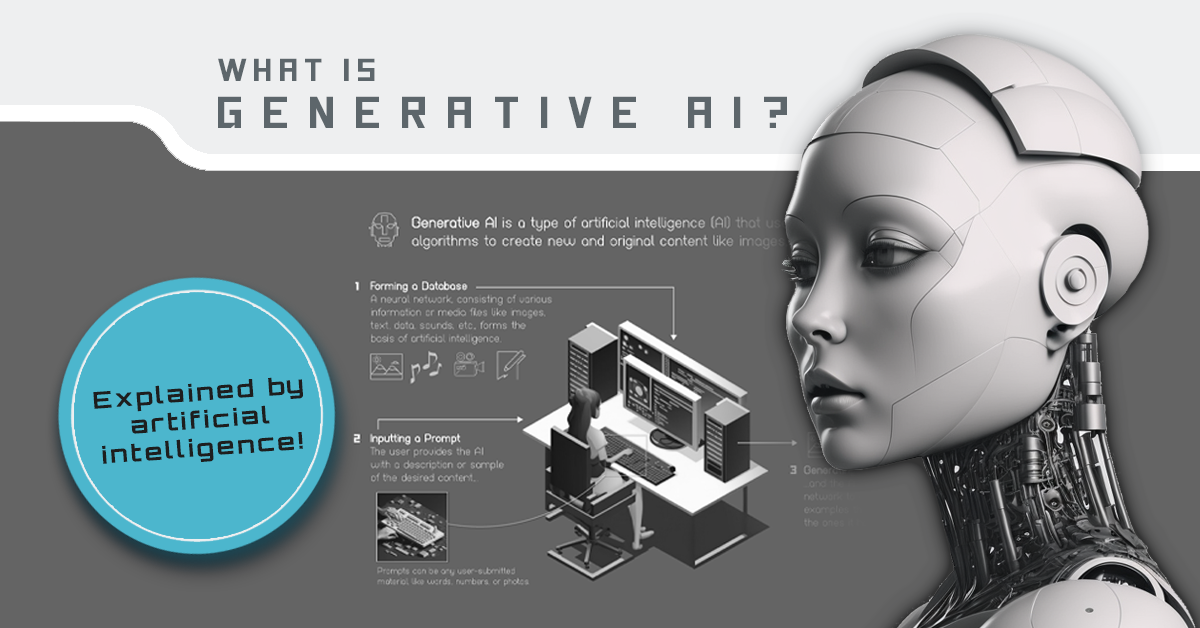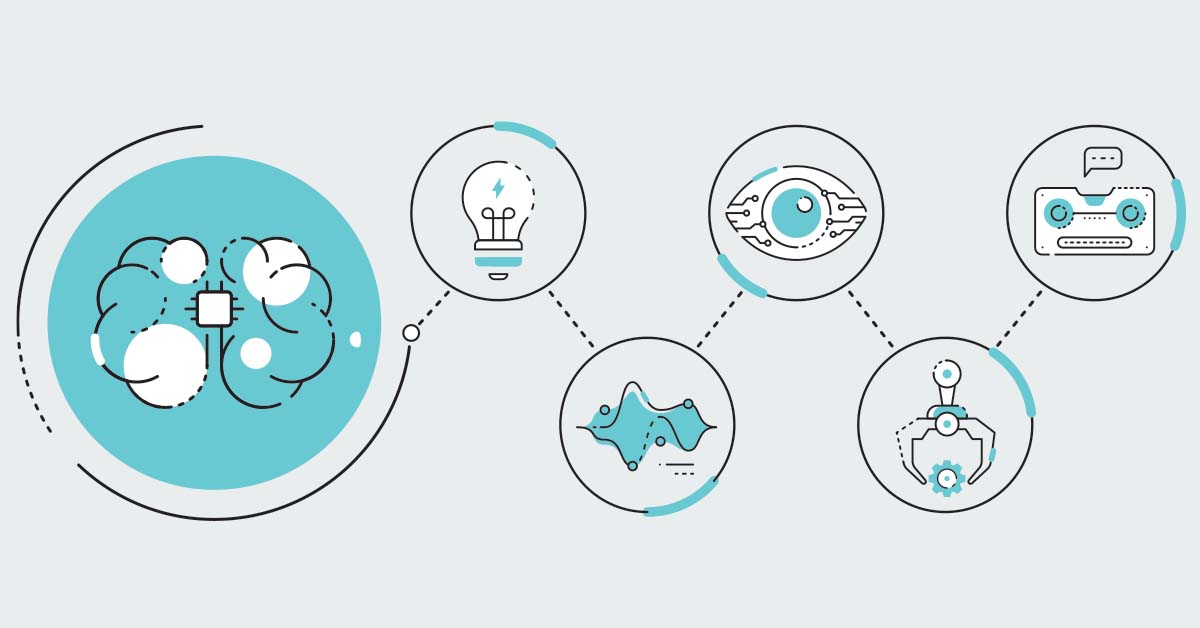Featured
Can you ask trainees exactly how they are currently using generative AI tools? What clearness will trainees need to differentiate in between suitable and unsuitable usages of these devices? Take into consideration just how you could adjust jobs to either integrate generative AI right into your course, or to identify locations where pupils may lean on the technology, and transform those hot spots right into chances to motivate much deeper and extra critical reasoning.

Be open to remaining to learn even more and to having recurring discussions with colleagues, your department, people in your self-control, and even your pupils about the influence generative AI is having - What is AI-powered predictive analytics?.: Choose whether and when you desire trainees to use the modern technology in your courses, and clearly communicate your specifications and expectations with them
Be transparent and straight about your expectations. Most of us want to discourage trainees from making use of generative AI to finish jobs at the expense of finding out important skills that will certainly influence their success in their majors and careers. We 'd additionally such as to take some time to focus on the opportunities that generative AI presents.
We additionally recommend that you consider the availability of generative AI devices as you discover their potential uses, specifically those that pupils may be called for to interact with. It's crucial to take right into account the honest factors to consider of making use of such devices. These topics are essential if taking into consideration making use of AI tools in your job style.
Our goal is to sustain faculty in enhancing their mentor and finding out experiences with the most recent AI innovations and devices. We look forward to providing numerous possibilities for expert advancement and peer knowing. As you additionally check out, you may want CTI's generative AI events. If you intend to check out generative AI past our readily available sources and events, please get to out to schedule an appointment.
Ai For E-commerce
I am Pinar Seyhan Demirdag and I'm the co-founder and the AI supervisor of Seyhan Lee. During this LinkedIn Knowing training course, we will certainly discuss exactly how to make use of that tool to drive the creation of your intention. Join me as we dive deep right into this brand-new imaginative change that I'm so ecstatic regarding and allow's find with each other just how each of us can have an area in this age of advanced innovations.
A neural network is a method of processing info that mimics biological neural systems like the connections in our own brains. It's just how AI can forge links among seemingly unassociated collections of information. The principle of a semantic network is carefully pertaining to deep discovering. Exactly how does a deep discovering model use the neural network principle to attach data points? Begin with how the human brain jobs.
These nerve cells utilize electrical impulses and chemical signals to communicate with one another and transfer info in between various areas of the brain. A man-made semantic network (ANN) is based upon this biological phenomenon, yet created by man-made nerve cells that are made from software application components called nodes. These nodes use mathematical estimations (instead of chemical signals as in the mind) to connect and send information.
Ai And Seo
A big language design (LLM) is a deep learning design trained by using transformers to a substantial collection of generalized data. LLMs power much of the prominent AI conversation and text devices. One more deep understanding method, the diffusion version, has actually shown to be a great suitable for photo generation. Diffusion models discover the procedure of transforming an all-natural image right into blurry aesthetic noise.
Deep learning models can be defined in parameters. A straightforward credit score forecast version educated on 10 inputs from a finance application would have 10 parameters. By comparison, an LLM can have billions of specifications. OpenAI's Generative Pre-trained Transformer 4 (GPT-4), one of the structure versions that powers ChatGPT, is reported to have 1 trillion specifications.
Generative AI describes a category of AI algorithms that generate brand-new results based upon the data they have been trained on. It makes use of a kind of deep learning called generative adversarial networks and has a wide variety of applications, including producing images, text and audio. While there are concerns about the impact of AI on the task market, there are also prospective benefits such as maximizing time for people to concentrate on even more imaginative and value-adding job.
Excitement is constructing around the possibilities that AI devices unlock, but what precisely these tools can and just how they function is still not extensively comprehended (How does AI affect online security?). We might blog about this carefully, but offered exactly how sophisticated tools like ChatGPT have ended up being, it only seems appropriate to see what generative AI needs to say regarding itself
Every little thing that complies with in this article was generated making use of ChatGPT based on particular motivates. Without more trouble, generative AI as explained by generative AI. Generative AI technologies have blown up right into mainstream awareness Image: Visual CapitalistGenerative AI describes a classification of expert system (AI) algorithms that create new outputs based upon the information they have actually been educated on.
In easy terms, the AI was fed information regarding what to blog about and afterwards generated the short article based on that information. In verdict, generative AI is a powerful tool that has the prospective to reinvent a number of industries. With its capacity to produce new material based upon existing data, generative AI has the possible to alter the method we develop and eat material in the future.
How Is Ai Shaping E-commerce?
The transformer style is much less suited for various other types of generative AI, such as picture and sound generation.

The encoder compresses input information into a lower-dimensional room, called the hidden (or embedding) room, that preserves one of the most necessary aspects of the information. A decoder can then utilize this compressed representation to reconstruct the initial information. Once an autoencoder has actually been educated in this way, it can use novel inputs to produce what it takes into consideration the suitable outputs.
The generator aims to create practical data, while the discriminator intends to differentiate between those created results and genuine "ground truth" outcomes. Every time the discriminator captures a generated outcome, the generator utilizes that responses to attempt to boost the quality of its outputs.
In the case of language models, the input contains strings of words that make up sentences, and the transformer forecasts what words will come following (we'll enter the information below). In enhancement, transformers can refine all the components of a sequence in parallel instead than marching with it from beginning to end, as earlier kinds of designs did; this parallelization makes training quicker and more efficient.
All the numbers in the vector represent numerous facets of words: its semantic meanings, its connection to other words, its regularity of usage, and so on. Similar words, like classy and expensive, will have similar vectors and will certainly additionally be near each various other in the vector space. These vectors are called word embeddings.
When the design is generating message in feedback to a timely, it's utilizing its anticipating powers to determine what the following word must be. When producing longer items of message, it predicts the next word in the context of all the words it has created until now; this feature enhances the comprehensibility and connection of its writing.
Latest Posts
Ai For E-commerce
Robotics And Ai
Real-time Ai Applications